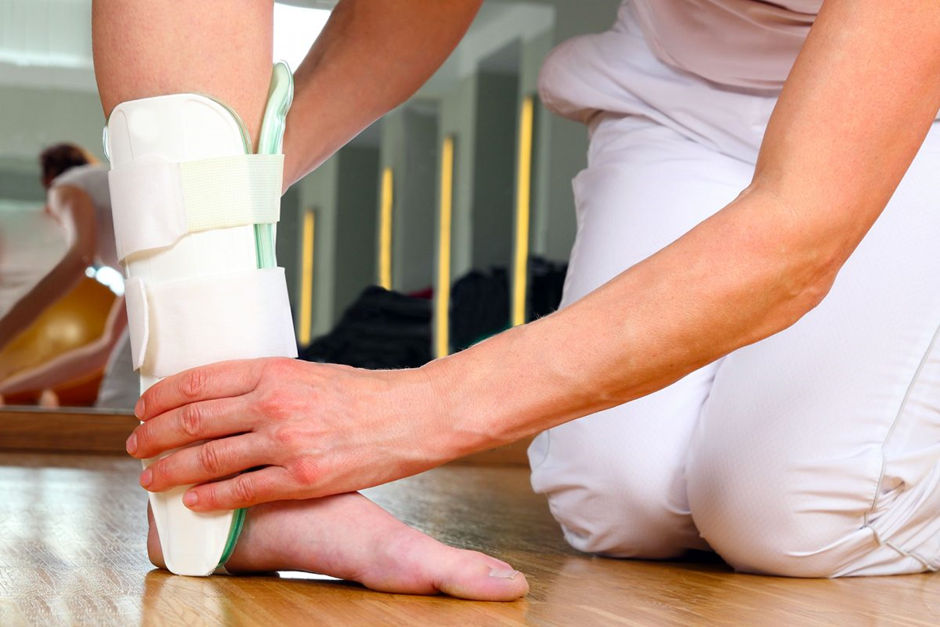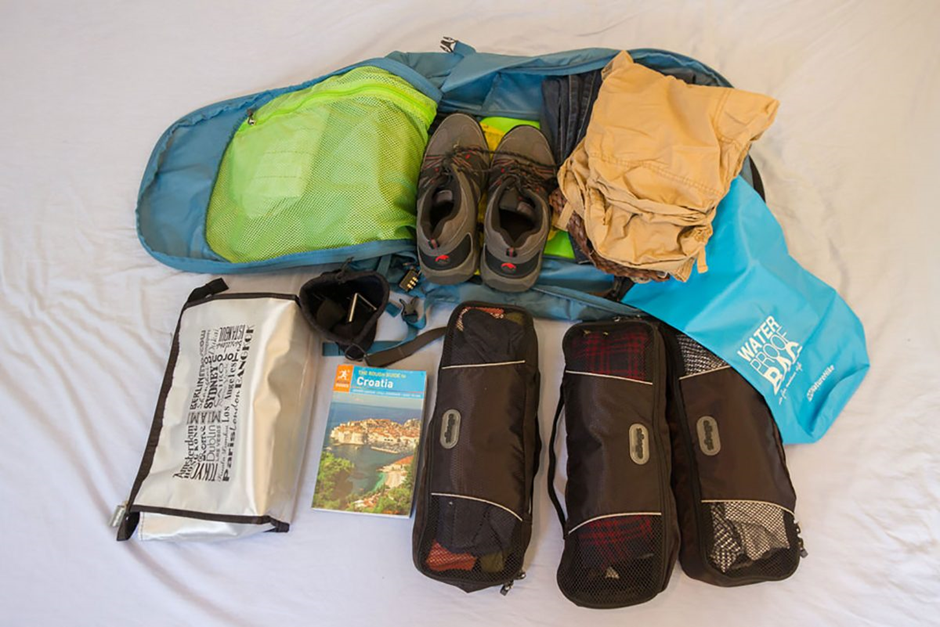Cerebral Palsy: Quirky, complex and puzzling
Cerebral Palsy (CP), which stems from injury of a developing brain, can result in a wide number of effects. For caregivers (of the person) and those who have the condition, everyday life can be challenging. What more if you’re living in a developing country where awareness and education on situations like cerebral palsy is in a sorry state. Since I am a living example, here are some questions that I often get asked about the complex condition.
Do you get uncomfortable if people were to ask you about your condition?
It depends on the person. But, I also feel that it’s natural for others (without the condition) to be curious. Sometimes, it can be a good conversation starter. I often have to correct people for their misconceptions, but I’ll do it politely.
So what is Cerebral Palsy (CP) exactly?
This is a tough question to answer because everyday, I’m still learning something new about my condition. In fact, every CP case is quirky in its own way. If you do a quick search, you’ll find that there are varying degrees to the condition – mild, moderate and severe. In my case, mild cerebral palsy, mobility is a challenge – I walk with an unsteady gait. When it comes to climbing steps or treading uneven surfaces, I tend to do so with slight hesitance. However, I don’t rely on crutches or a wheelchair like some of those who have the other two forms. Even so, I have stiff and weak muscles. I also experience slow, involuntary movements in my upper limbs. Furthermore, I have to learn to deal with reflexes like startle reflex. Other problems may also arise. For example, I sought the help of a speech therapist to improve my visual memory and my ability to articulate my thoughts clearly.
How do you deal with this everyday?
Haha! My condition, the result of a premature birth, has made me incredibly patient and understanding. I always am grateful to the people who are ready to lend a helping hand or willing to wait for me. If I do go out, ideally, I’d look for places that have easy access to parking and dropping off (so my parents, who drive me, wouldn’t complain). For example, I’d be happy to see staircases that are not steep or narrow, and with friendly handrailings.
Do you go for any sort of treatment or therapy? Are they of help?
Gosh, where do I start? From a young age, I had mundane, repetitive physio sessions. However, my perception of physio changed when a Polish-German lady miraculously came into my life. Thanks to her, we made a trip to KLCC via LRT! On another occasion, we went to Petaling Street! She was also the one to introduce me to ballet. While it was easy for me to fall in love with the dance, a very experienced ballet teacher (yes, I had a few) felt that Pilates would suit me best. From then on, there was no turning back. In fact, I even discovered Rolfing, a form of bodywork that combines movement and touch. I know my body’s changing, I can feel it!
Does the condition get better?
Again, this varies from person to person. I’d say that there are certain problems which I didn’t have during my childhood, which I now experience as a young adult. For example, I now realise that there is a cap to how much I can do on a particular day. Sometimes, people mistake this as laziness. It can be frustrating, having to miss out on or put off certain things, in particular those that require high energy or have the tendency to make me overexcited and stiff. But I guess I’ve to accept and learn how to conserve my energy.









Showing 0 comments